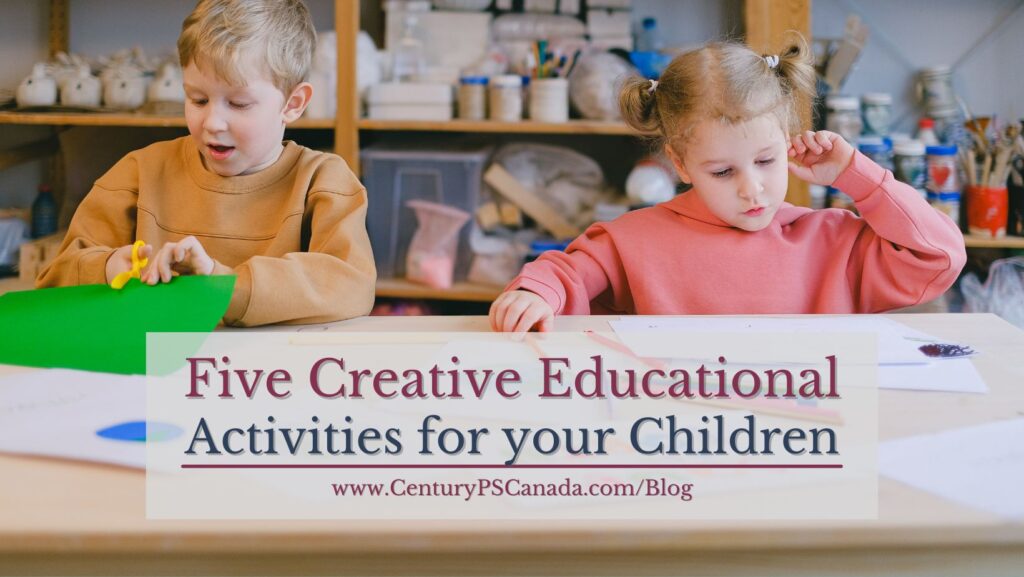Children constantly learn, even during playtime. With such curious minds, educational activities can be a great experience for them to stimulate their minds and expand their knowledge!
To help educate your children in creative and fun ways, we’ve compiled a list of educational activities you and your children can do!
Photography Alphabets
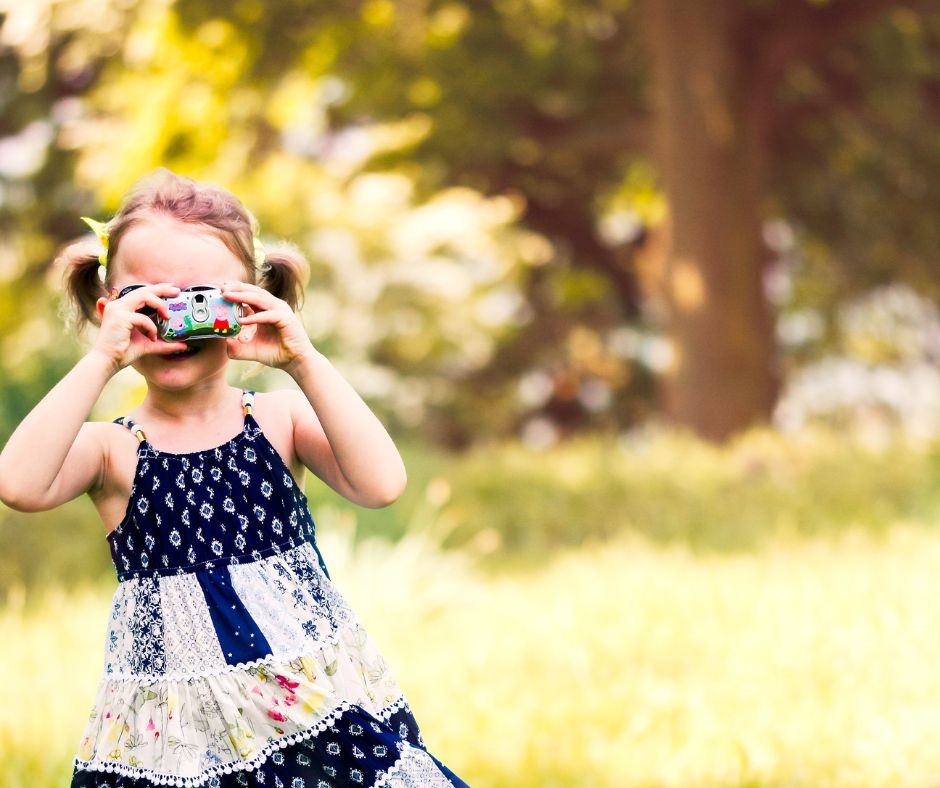
As an educational and active adventure, this activity helps children explore their surroundings while practicing the alphabets by taking pictures of objects starting from A to Z.
All they’ll need is a camera, some paper, and a marker.
How it works:
- Give your child a disposable or an old digital camera that you’re okay with potentially damaging.
- Ask your child to take pictures of objects around the house starting with the letter A and work through the alphabets all the way until Z.
- Have them write down their progress on a piece of paper until they’ve completed the alphabet.
As an extra treat, you can create a portfolio of their photos, with each picture labelled with the name of the objects. You can organize and design these photos in Photoshop or a free online tool like Canva.
Print it out, and let them practice the alphabet with their discoveries!
Counting Game
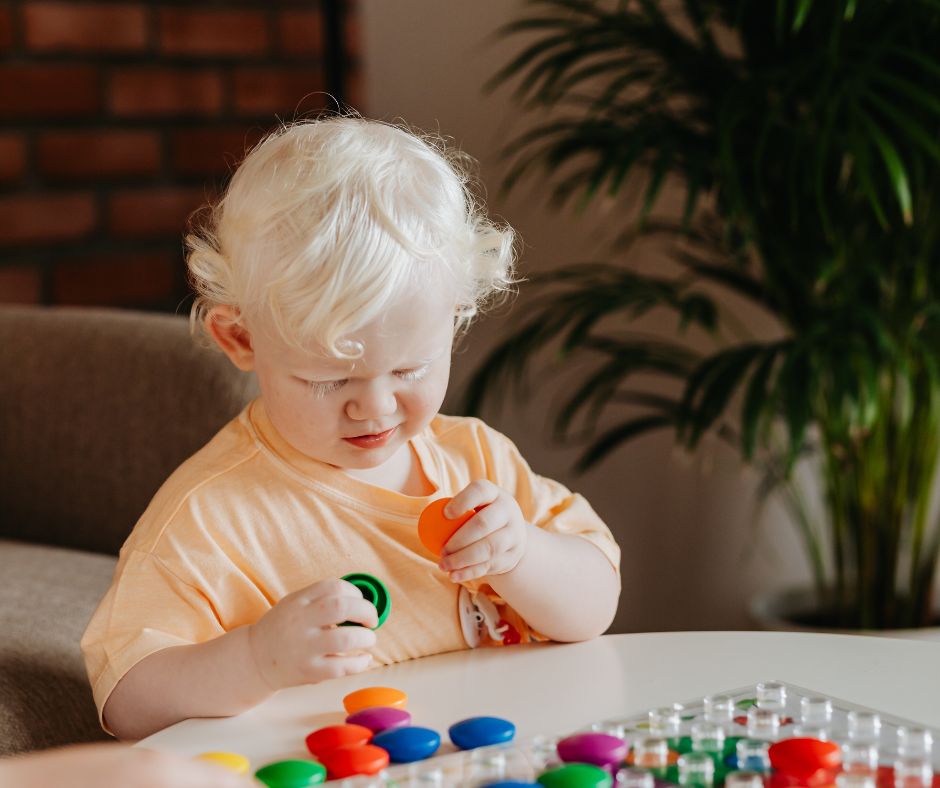
With this activity, your children will feel as though they’re playing a fun game rather than practicing their counting skills.
You will need 11 paper cups, 55 small objects (Legos, coins, cotton balls, etc), and a marker.
How it works:
- Write numbers on each cup from 0 to 10 and mix them up.
- Ask your child to place the cups in numerical order.
- Once the cups are in order, give them the 55 pieces of objects and have them add the number of objects into the cups according to its respective number.
- Have them count out loud as they place the objects into the cups.
After they are all finished, have them empty the cups and recount the number of objects to ensure that they counted correctly.
Weather Calendar
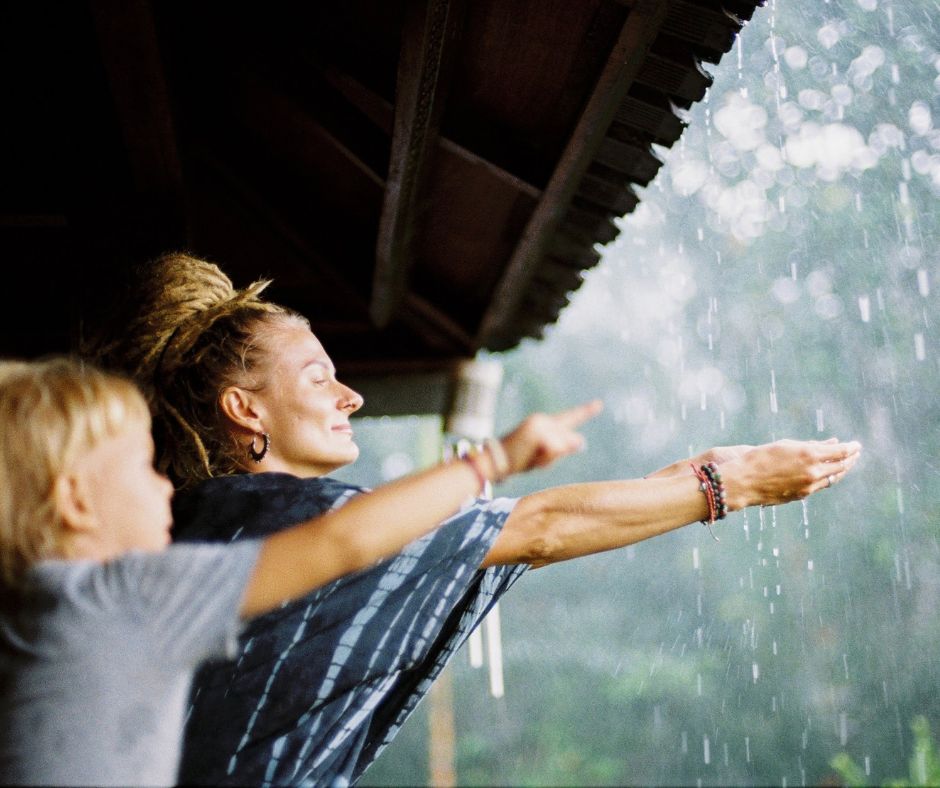
Now that we’ve gotten alphabetical and mathematical activities out the way, here is a scientific activity for you kids.
For the Weather Calendar activity, you’ll need a blank calendar, colored pencils, and crayons or markers. Your blank calendar should have boxes with enough space to write in them for each day.
- Place the calendar somewhere your child can reach, like on the lower half of the refrigerator.
- Each day, pick a time to speak with your child about the weather, have them go to the window and observe it to determine what type of weather that day is (sunny, rainy, stormy, cloudy, snowy, etc.).
- After they’ve checked the weather, have them write down and draw a picture of the weather in the calendar box of that date.
- At the end of each month, have your child count and list how many days of the month had each type of weather.
This activity is great as it will give you and your child something to look forward to each day while simultaneously educating them about how the world and environment works.
Map a Route
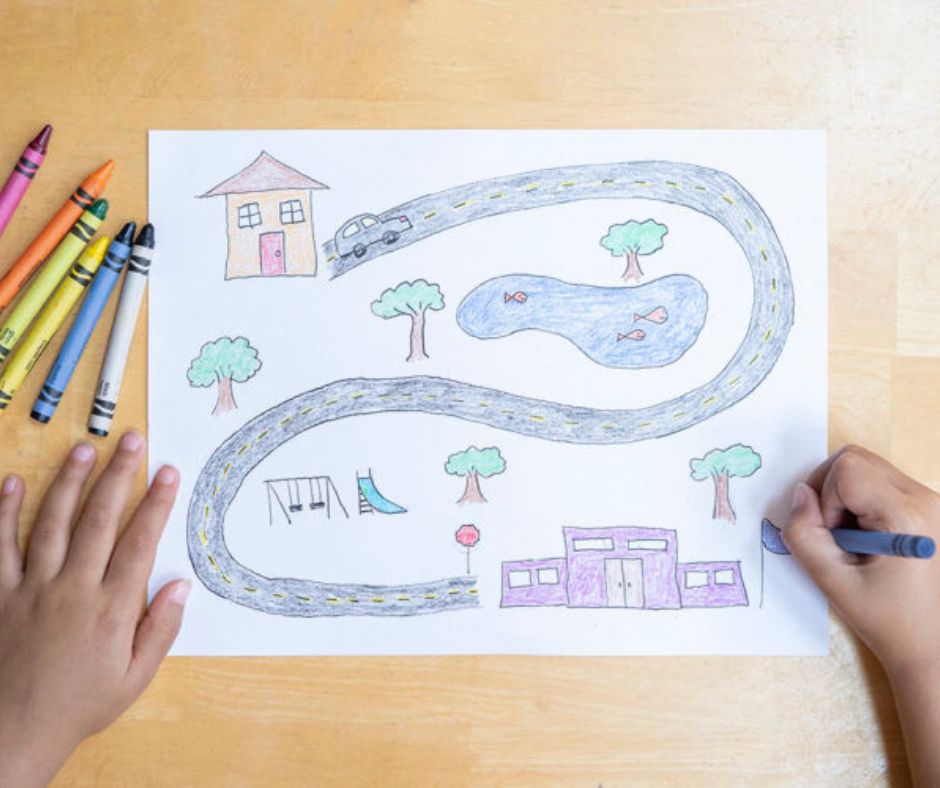
Children are very observant, and their curious minds take in a tremendous amount of information. Have them visualize their observations and help them map out their surrounding environments with this exercise.
You’ll need some paper, pencils, and crayons.
How it works:
- First, decide on a geographic area you and child frequently go to. Perhaps it’s their route to school, walks to the park, or directions to a nearby grocery store.
- After you’ve chosen the destination, have your child verbally describe the route and draw the blocks to get there from your home.
- Once the blocks are completed, ask them to add the streets and draw a line to the destination.
- After the route has been completed, help them add the street names, surrounding houses, and key markers like noticeable buildings, parks, and stores that they recognize.
This activity is great because it provides your child to use their observational and creative skills, while helping them with their directional senses. Furthermore, once an initial map has been created, have your child build upon the map or create new ones to other destinations!
Play Punctuation
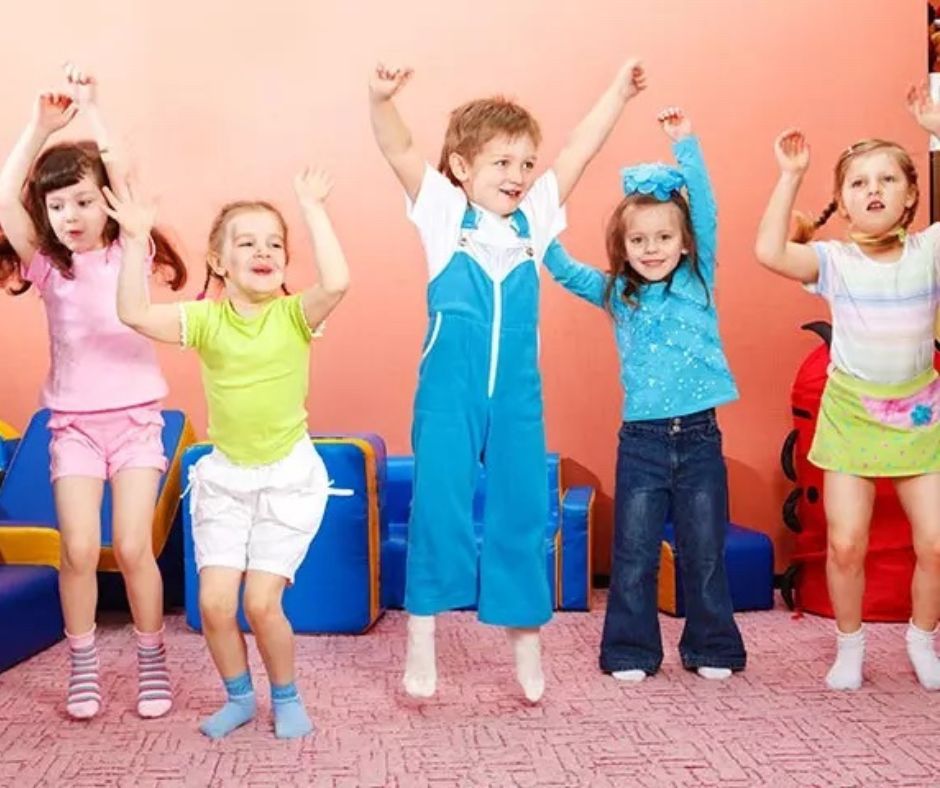
As a reimagined version of the “Red Light, Green Light” game, this activity will help your kids learn the rules of punctuation in a fun and interactive way.
As this is in the form of a competitive game, this activity is most fun when done with a group.
You’ll need four index cards with the punctuation marks (period, question mark, comma, and exclamation mark) largely written on them. You’ll also need a bit of open space to do this activity.
How it works:
- Discuss what rules of each punctuation mark is when reading and writing with your kids.
- After they’ve got a basic understanding of what each punctuation mark is for, attach an action with each mark that coincides with its purpose.
- Comma: Slow down and walk
- Exclamation: Stop, hop, and wave your hands
- Period: Stop where you are
- Question mark: Stop where you are and tilt your head like you’re asking a question
- After the rules are set, have the kids line up on one side of the room with some distance between you and them.
- When the game starts, you will shout out the punctuation marks randomly and the kids will have to do the action that corresponds with the punctuation and its instructions.
- If a rule is disobeyed or accidentally broken by a child, that child will have to go back to the beginning.
- The first child to reach the finish line by following each punctuation mark and its rule correctly wins the game!
We hope these fun activities will offer valuable experiences for you and your children.
Let us know which activities they enjoyed the most on Instagram and Facebook!


